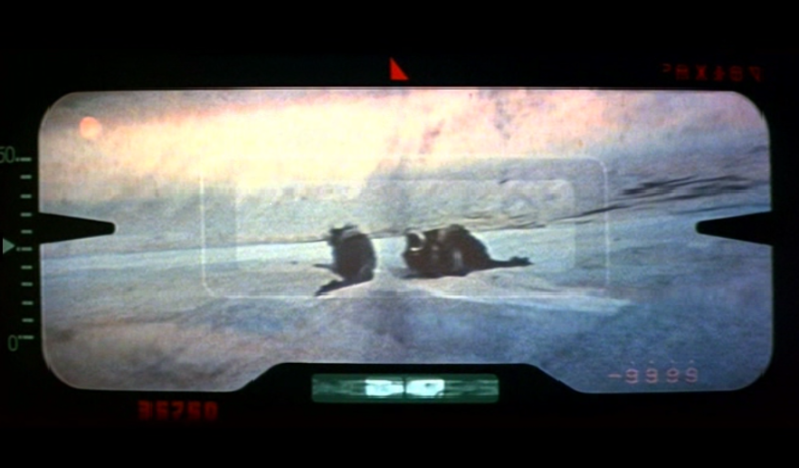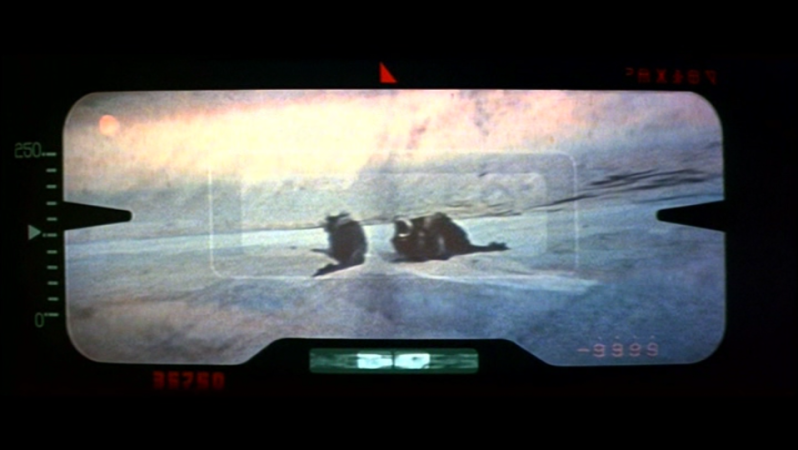Ziz said:
All else aside, Hz rating only matters for sports and live events. Higher refresh rate (120/240/480 Hz) makes things look "live", which doesn't really work for movies and some TV shows. Most sets have a way to disable the increased refresh rate so play around with the menu controls or download the instruction manual before you buy.
bkev said:
^Yes, be wary of the refresh rates issue. It essentially "guesses" how inbetween frames would look, so - in short - if a film was originally created at the standard 23.976 (somebody correct me on that if I'm incorrect), when shown on a TV player with a refresh rate of 120/240/etc. it will look like it was filmed on video. Star Wars moves like an episode of a sitcom!
I personally adore this feature when playing old video games that have a tendency to lag, but with movies it tends to be really jarring. If you're asking us about what kind of TV to get then it would probably bother you; make sure you can get one that turns off that feature, or doesn't have it at all.
You're both wrong.
You're talking about Creative Frame Interpolation/Creation or "Smooth Motion" or other brandings like that. CFI is made possible by high refresh rates, but it isn't caused by high refresh rates.
It's probably hard to find a TV today that does less than 120hz, but for movie watching you don't want less than 120hz. This why: 99% movies are at 24hz (24 FPS) and televisions have historically run at 60hz interlaced, which is comparable to 30hz non interlaced. Since these frame rates/refresh rates aren't related to each other by This leads to the dreaded 3:2 conversion where every the even frames of your movie are shown 3 times and the odd ones are shown twice. 3x12+2x12=60. You've been watching 24hz films at 60hz all of your life, so it probably doesn't really bother you... but it's one of the reasons movies look different on your TV than they do in the theatre.
They could make a 24 hz TV, but this would suck for pretty much everything besides 24hz movies.
Enter the 120hz (and 240hz and 480hz etc.) TV. To start, no media is at 120hz. But it's the only refresh rate that can properly display 24hz, 30hz, and 60hz material. For 24hz material, each frame is shown 5 times. 5*24=120. 4*30=120. 2*60=120. Integer scaling is important because it basically means you don't notice the scaling at all. The same frame shown 5 times for 1/5 of the original length is equivalent to the same frame being shown once for the original length.
However, there are algorithms that try to interpolate between 2 frames and insert new frames between then instead of showing the same frame multiple times.
For example, a 24hz movie could have 3 frames, we'll call them A, B, and C.
At 24 hz, it would look like this: A B C
At 120hz, it would look like this: A A A A A B B B B B C C C C C
With CFI turned on, this : A A1A2A3A4B B1B2B3B4C C1C2C3C4
Notice that only 1/5th of what is being displayed is original content. As was said, this effect is most bothersome on film derived sources, because losing the 24hz rate makes them cease to look like film.
If you want the benefits of 120hz in 3D, you need a 240hz tv (at least) and due to frame blanking, 480hz is even better. This is still true with no CFI.
And, as a total aside, Plasma sets that claim to be 600hz are full of crap. The screen is divided into 10 sectors that update at the speed of 600 hz, but are only updating 10% of the time. Each sector updates in serial to the other sectors, so the entire screen is refreshed 60 times a second. But it's true, each pixel updates at 600hz, when it's updating.
Buy a 120hz or 240hz tv. Just make sure you can turn CFI on/off and you will have made the best decision.


